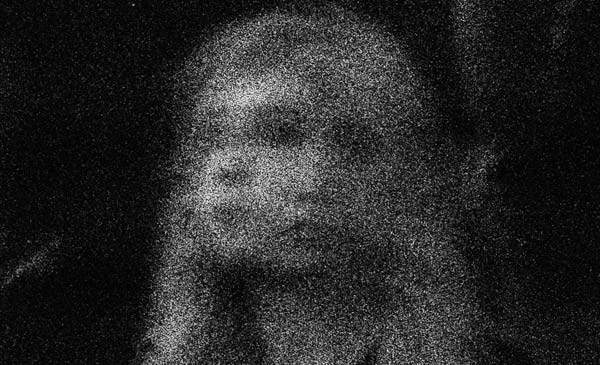Trent Parke: The Camera Is God
The transience of the street rendered in poignant portraits.
Overview
Upon immediately entering Stills Gallery, there is a full-length portrait of a schoolgirl, chequered uniform and white socks. However, the grainy texture of the photograph blurs her face beyond recognition. She is an ethereal presence a mass of soft shadows and overlapping outlines.
Photographer Trent Parke is always pushing at the parameters of the form. Fresh from premiering in the 2014 Adelaide Biennial of Australian Art, his latest venture is a series of anonymous street portraits titled The Camera Is God. Setting up his equipment at a pedestrian crossing in Adelaide, he photographed passers-by on the go. Installed as a grid of black-and-white images, these unknowing subjects are rendered as indistinct 'types'. On first impression, it appears as if Parke is exploring the dynamic of the crowd rather than plundering the depths of the individual.
In observing these 'candid portraits', various levels of exposure means various levels of clarity. Parke has captured some faces mid-movement. Consequently, they blur and duplicate, seemingly bursting out of the frame. The temporal aspect of these images produces a painterly quality, rendering the subjects eerily angelic. In this way, the mundane bustle of urban existence becomes poignant.
Other portraits are more static, which has the effect of accentuating every contour. Yet there is still a level of obscurity, eyes are hollow pits and mouths are gaping holes. Though haunting and melancholy, there is a compositional beauty that is achieved through Parke's masterful handling of light and shadow. It should also be said that discerning detail is a matter of perspective. Stand back a few metres and facial features tend to emerge more clearly, while close up they dissolve into a grey fuzz.
Through his guerrilla style of photography, Parke is able to capture the subtle oscillations between moments of private thought and public interaction. There is an expressiveness that seeps through what would ordinarily be labelled as 'imperfections'. In this way, the productive power of error makes way for formal innovations and conceptual breakthroughs.





